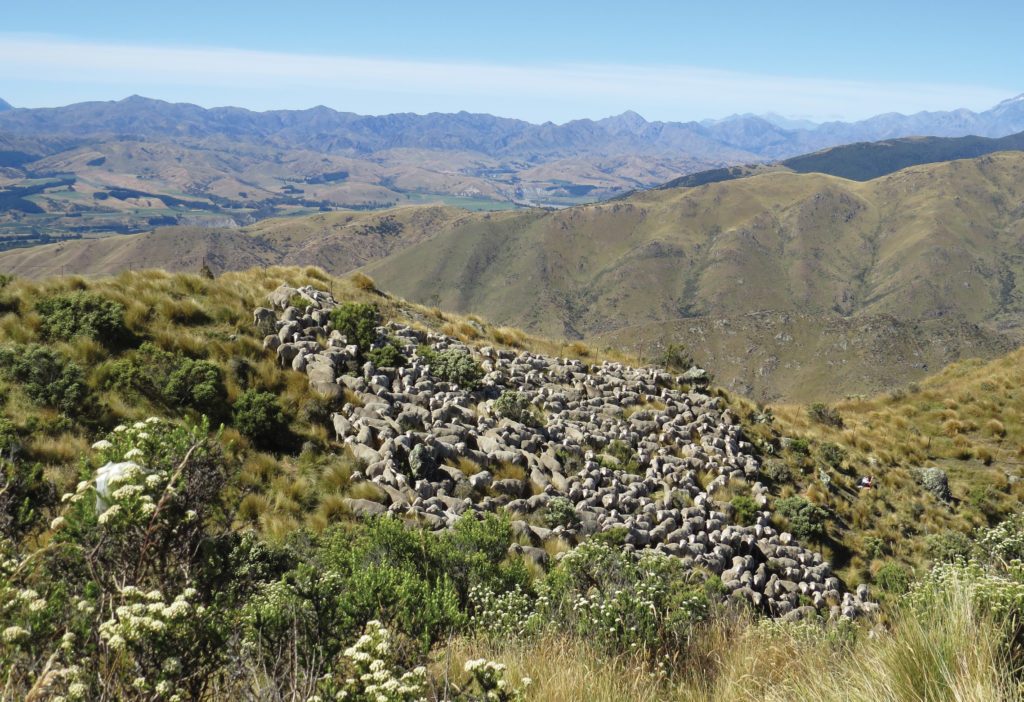Conservation in NZ requires active management because of the many threats our biodiversity faces. Merely locking an area up as public conservation land will not sustain its biodiversity. Despite employing some of the world’s best conservation managers, the Department of Conservation (DOC) doesn’t have the resources to manage the public conservation estate and would need its budget quadrupled to have any chance of addressing these threats.
Unfortunately, many in government and the environmental movement don’t understand this and argue for even more land to be added to the public conservation estate. And if they can’t do that, they push for planning rules to restrict private use (the proposed indigenous biodiversity National Policy Statement). However, this fails to recognise the realities of NZ today, especially that native biodiversity requires pro-active management rather than just tenure change or restrictive planning rules. Threats such as stoats, myrtle rust or climate change are not influenced by whether the land is public or private, or whether there are rules prohibiting particular types of use. Rather, these threats occur across all land tenures and planning frameworks. Legal “protection” does not equate to successful biodiversity conservation.

We urgently need to discard the fallacy of statute and regulation and adopt a new philosophy if we are to have any hope of sustaining, let alone enhancing, our extraordinary biodiversity. We need to rethink the way we do conservation, especially on private land. Simply creating more rules is the wrong way to engage landowners and motivate them to manage biodiversity, because if landowners don’t feel respected and supported, they will not spend their money looking after biodiversity.
My suggestions for doing this include:
- Develop a 21st century conservation vision that places people at the centre, which acknowledges both the past and the realities of NZ, in looking to the future, and that focuses on sustainability and resilience rather than preservation.
- Restructure how we manage conservation by establishing a national conservation authority that sets policy, distributes funding and advocates for biodiversity conservation across all land tenures. This authority would foster partnerships across agencies, iwi, community groups and individuals, across public and private land, and would allow DOC to focus on managing public conservation land.
- Shift the focus of biodiversity conservation on private land from a rules-based approach to one based on education and incentives. We need to empower those who have stewardship of land to look after their biodiversity, and celebrate them for doing this. A reliance on regulation is already failing on private land and will continue to fail. We need a dramatic rethink of the approach taken in district and regional planning, shifting the focus to empowerment, properly supported by education and incentives.
- Finally, we need to educate young Kiwis about what native biodiversity is, why it’s important and how it is vital to our lives. A greater focus on immersion-based biodiversity programmes in schools is needed to engender the sense of ownership of native biodiversity that will guarantee its long-term survival.
Partnerships should be the guiding principle for biodiversity conservation – not statute, tenure and rules. We urgently need to shift the fundamental model that guides biodiversity conservation. From one that is based on the presumption that protection through statute and rules equals conservation, to one that is based on education and incentives, with people at the centre.





